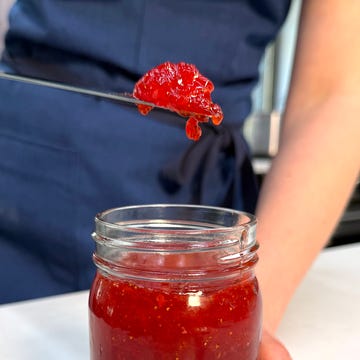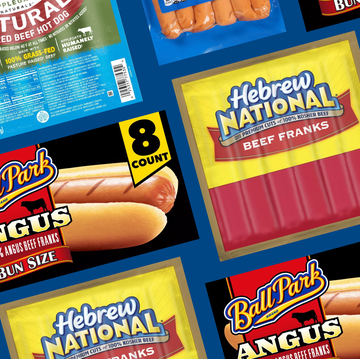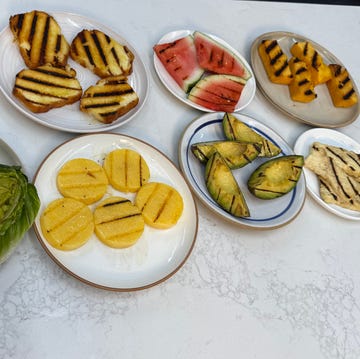Summer grilling is all about getting that inherent smoky flavor into our food. But what if you—like me!—live in the middle of a city with no grill and no place to put one, even if you had it? Do you have to abandon all hope of getting that summertime smoke into your cooking?
Not at all. Grilling food is just one way to introduce smoky flavor. There’s also a wide cannon of ingredients out there that you can leverage to create that smokiness in food, regardless of how it's been cooked. Here are 5 of my favorite ingredients to add smoke to your cooking.
Chipotle Chiles En Adobo
Canned chiles en adobo are jalapenos that have been dried and smoked before being preserved in sauce. The chiles themselves are spicy, but the sauce they come in is a great way to bring that smokiness with less heat.
Chiles en adobo are most commonly used in Latin food, but they’re also an excellent option for adding smokiness to any sauce, marinade, or soup. I like to use a mix of both chilies and sauce when I cook with them: for example, I stir one finely chopped chili and a few teaspoons of sauce into ½ cup mayo to make a killer burger sauce.
Smoked Paprika
Smoked paprika gets its flavor from the way the peppers are cured over smoking oak logs before they’re dried and ground into powder. The flavor is distinct from regular or sweet paprika: it might still have a little heat, but the smokiness generally overrides most heat present and adds an earthy and sometimes almost sweet back-note.
As a dry ingredient, smoked paprika is great in rubs as well as marinades, and, of course, it’s great in BBQ sauces or stews. If you want your flank steak to taste like it’s been grilled over coal, sprinkling on a little smoked paprika will go a long way.
Lapsang Souchong
Hailing from the Fujian province of China, Lapsang Souchong is a black tea with pronounced smoky undertones. Its intensity comes from the process of simultaneously drying and smoking the tea leaves over pinewood.
When brewed with water, Lapsang Souchong becomes a robust, assertively-flavored beverage that’s definitely not everyone’s cup of tea (wink!)—but even if you wouldn’t choose to drink it, it’s a wonderful ingredient for cooking. You can steep it into other liquids, such as heavy cream, simple syrup, or even oil to infuse them with smokiness, or finely grind the leaves and use them in a rub.
Smoked Meats & Cheeses
If you’re hoping to add pops of smokiness without infusing an entire dish with that flavor, smoked meats and cheeses are a fantastic way to achieve that. Bacon is an obvious choice, but smoked ham or sausages such as kielbasa are also delicious solutions. And if you want to get a little crazy and forgo the meat completely, you could even try smoked salmon! While some of these proteins could be eaten and enjoyed as the center of a plate, I recommend cutting them into smaller pieces and stirring them into skillets, soups, or pastas as more of a condiment—that way, you get nuggets of smoke in every bite.
Smoked cheeses include smoked mozzarella, smoked gouda, and even smoked cheddar. Some of these cheeses, such as smoked gouda, may be soft and meltable enough to stir into mac ‘n’ cheese sauces or creamy soups; others, such as mozzarella, are better cut up and interspersed throughout casseroles or pasta bakes.
Liquid Smoke
Made by capturing the smoke from burning wood and passing it through a condenser, liquid smoke is the purest, most concentrated form of smoke flavor you can cook with. It’s sometimes scorned as being artificial, but if you’re hoping to add pure smoky essence to your dish without changing anything else about it, it’s the way to go.
Like any concentrate or extract, a little liquid smoke goes a long way. When in doubt, add ¼ (or even ⅛!) teaspoon to whatever you’re cooking, taste it, and then add a little more if you feel you need it. Just be careful not to overdo it—once you’ve added too much, you can’t take it back!


















